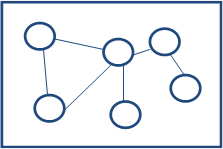The Seven Management tools belong to Operations Research & Japan’s Total Quality Management Philosophy, and found their use first in Second World war. They are a set of tools and techniques used for planning and managing any type of operations effectively. The main purpose of these tools was to guide the managers in planning, analysis and decision making. These tools were invented separately by different people for various purposes, but were organized and clubbed together during the course of time to achieve efficient planning and management of operations.
The list below discusses the Seven Management and Planning tools:
Affinity Diagram: Otherwise also called as KJ Method (Named after Jiro Kawatika). It is used to organize a large number of ideas or decision criteria into groups based on their underlying relationships and affinity (likeness). This method is used when the team is confronted with large number of different ideas or solutions and if the issue seems to be very complex and difficult to manage. The process followed herein is –
- Bring all the team members and domain experts in a room.
- Brainstorm all the ideas related to the problem and stick it on a board. This will ensure that ideas are free flowing and not interrupted or influenced.
- The Project Leader will then group the similar ideas and if there is a conflict in having any idea in a particular group, place it in both the groups and finally give a heading to each group.
- Discuss the relevance of the enlisted points and revise it as applicable.
Relationship Diagram: Otherwise also called as Interrelationship diagram. It is used to signify the strength of relationship between two processes or entities. It helps us to understand the causal relationship between variables/processes in a complex scenario. It establishes the linkages between variables/processes. The number of incoming and outgoing links indicates the importance of each process. The higher number of incoming arrows indicates the higher dependency of that process on other processes. Similarly, the more number of outgoing arrows from a particular process indicates the importance of that process on other dependent processes.
Tree Diagram: This helps in understanding the process level-by-level by breaking down complex processes to the minute level of detail. It helps the team move down from broad process map to specific process details and requirements. It brings down and explores the finer details in any complex process. This is very helpful in decision making in a complex process with many business rules or in process that have huge financial implications.
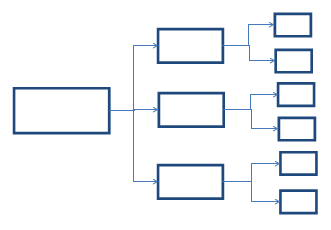
Prioritization Matrix: This is a tool that helps in prioritizing an option over others, given a set of decision making criteria. Options and criteria are arranged in Row-Column format. Weightages are assigned to each criteria and user has to rate each option on all the criteria. Based on the rankings, the option that has the highest rating collectively on all criteria is chosen.
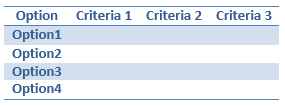
Matrix Diagram: This is another tool that helps in establishing relationship between variables. Variables are arranged in both Row & column and the strength of the relationship between each pair is marked in their corresponding cell. We can use this to measure relationship for one (Triangle), two (L shape), three (T shape, Y shape, C shape) and four set (X shape) of variables.
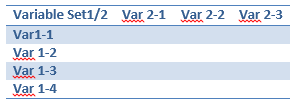
Process Decision Program Chart (PDPC): This tool is based on the Decision tree but has other additional features like mapping the failure mode, risk involved, effect of failure with each decision node. It combines the aspects of FMEA – Failure mode, effect and risk of failure with the Decision tree. Thus it helps us to analyze all possible problems involved in making a decision. Thus, a corrective/preventive action can be planned for any step in the process.
Activity Network Diagram (AND): This is also called as Arrow Diagram and is a tool used in PERT and by Project Management professionals to map their activities and sequential tasks in a visual format to understand and optimize the project duration. Plotting an AND makes you find the project duration, schedule tasks easily and identify the critical path.
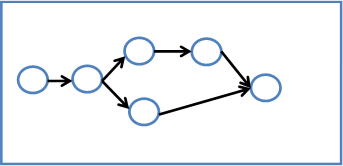
Benefits of using the Seven Management Tools:
- Rather than using ad-hoc and own methods for planning and decision making, use of these well-defined and proven methods will help the user complete the task faster and easily.
- Also, time spent on unnecessary analysis and research is reduced by using these tools.
- These tools guide the users to success on various aspects like planning, decision making, arriving at the root cause and other significant business activities.
- Using a standardized and universally accepted tools and techniques wins acceptance and confidence among clients and other business engagements.


